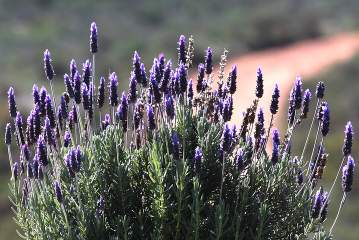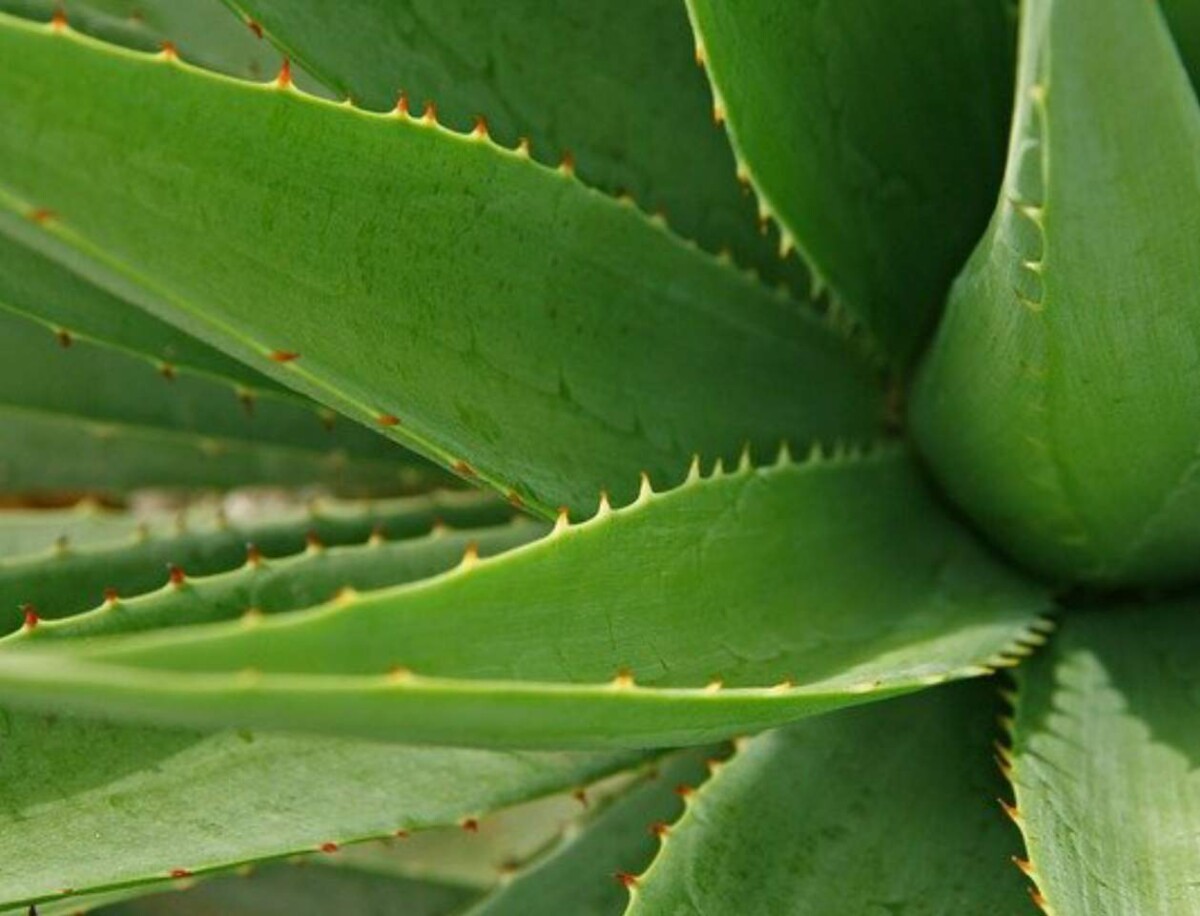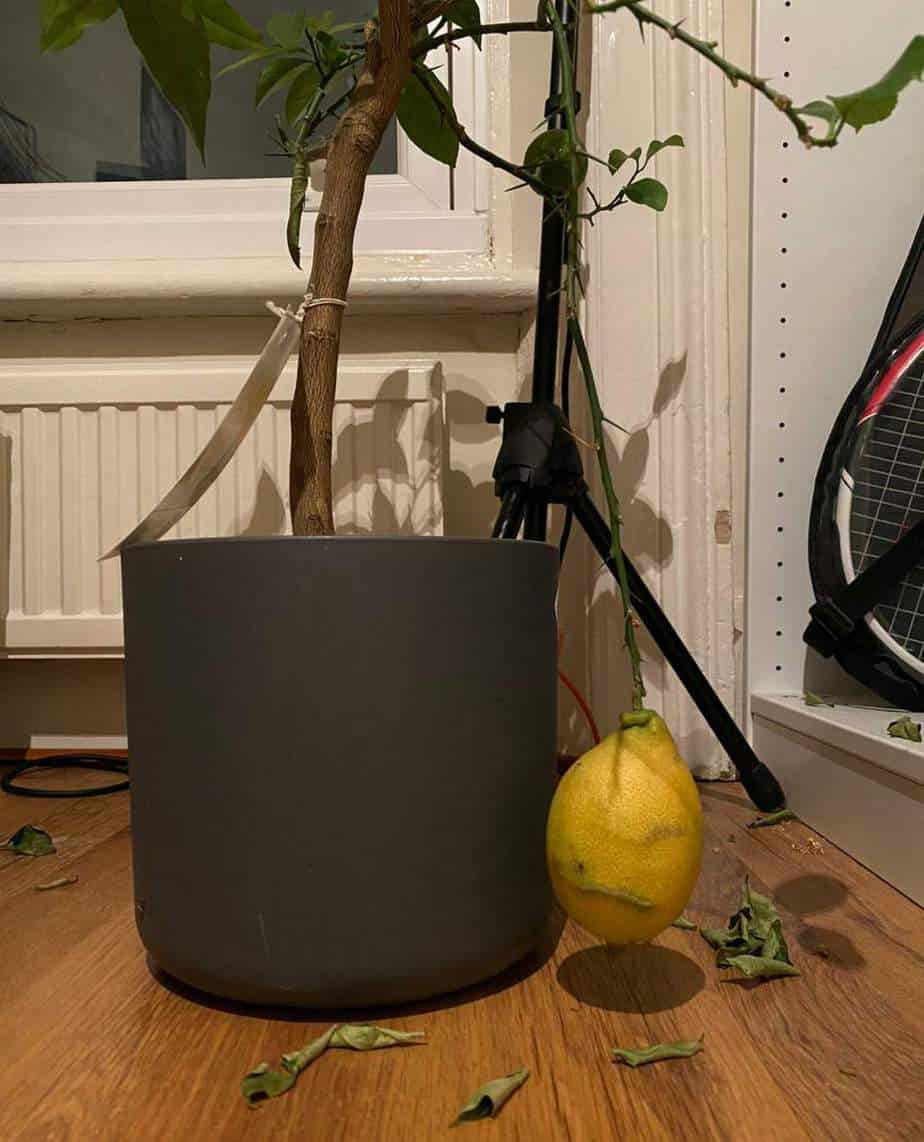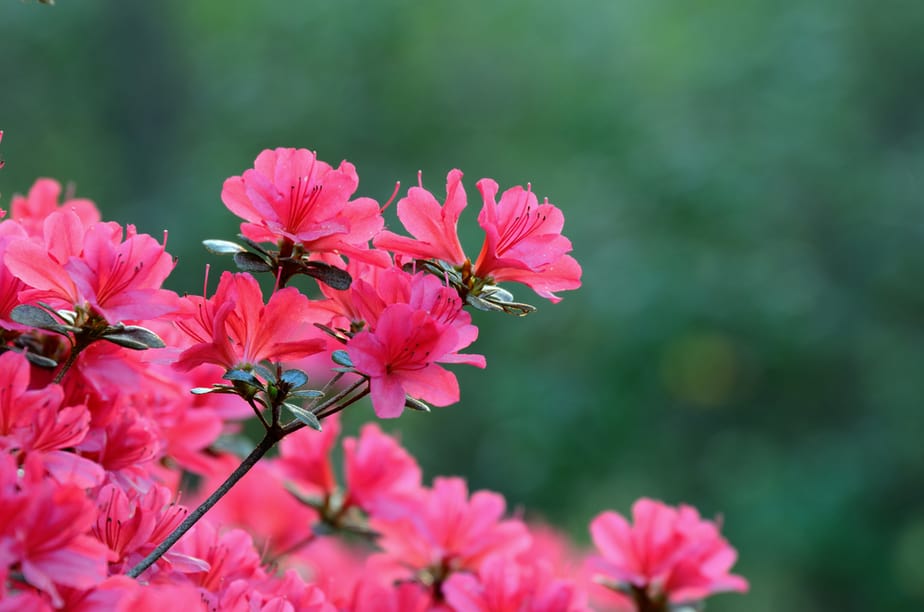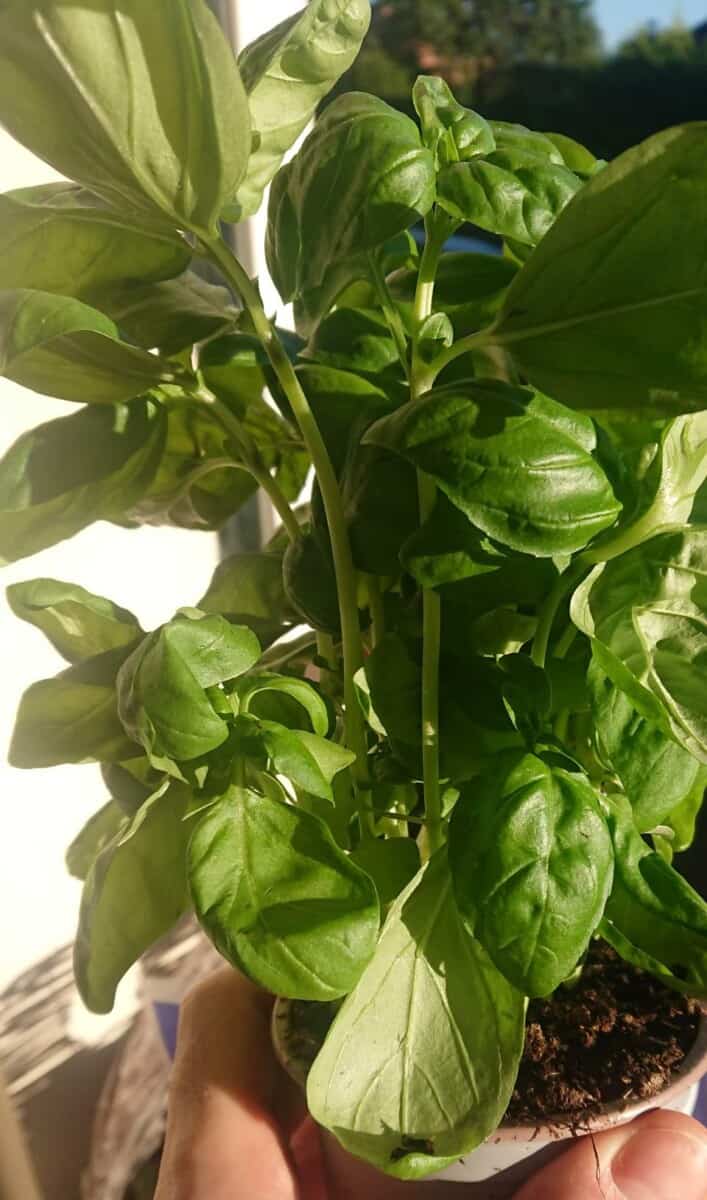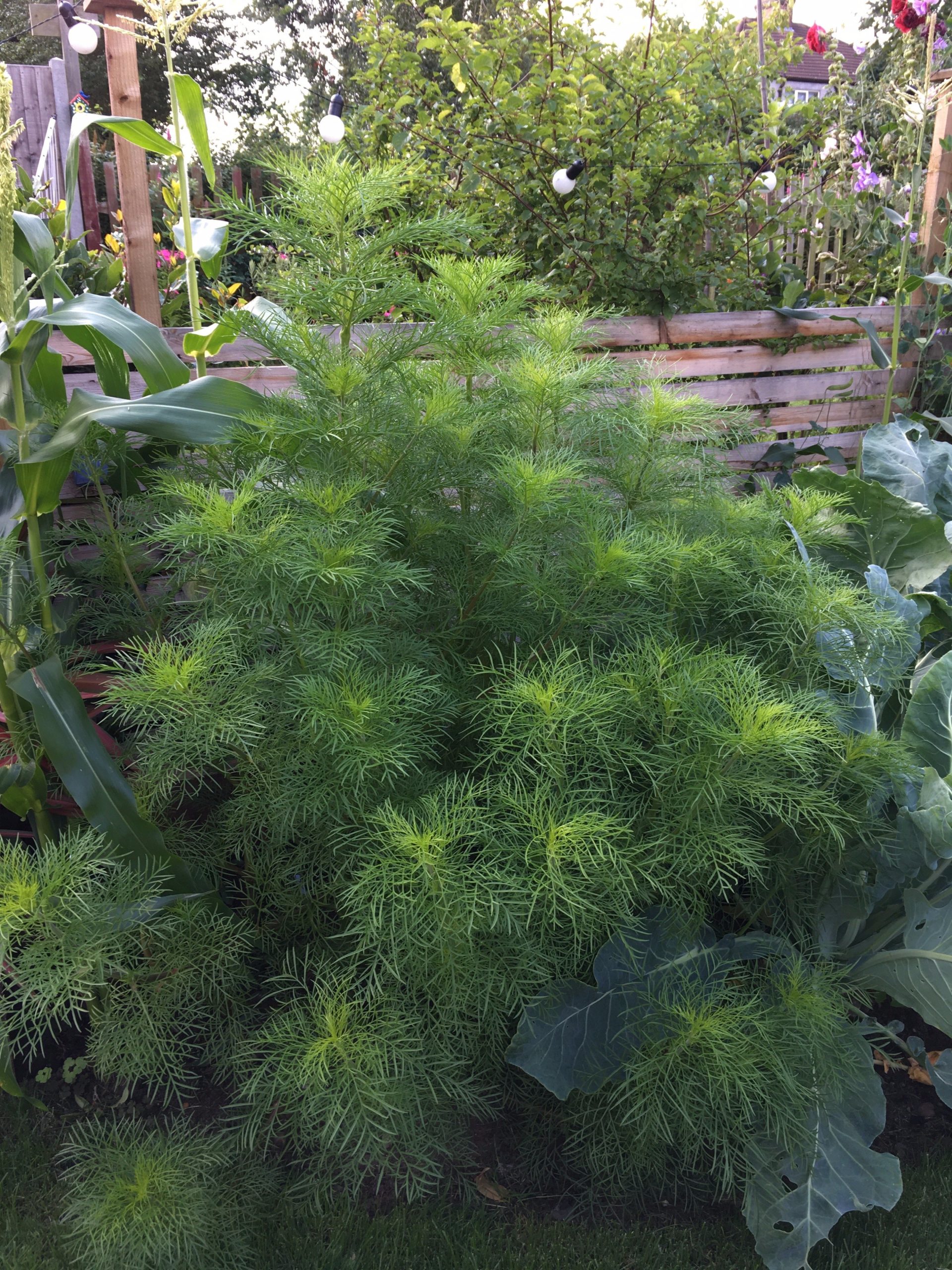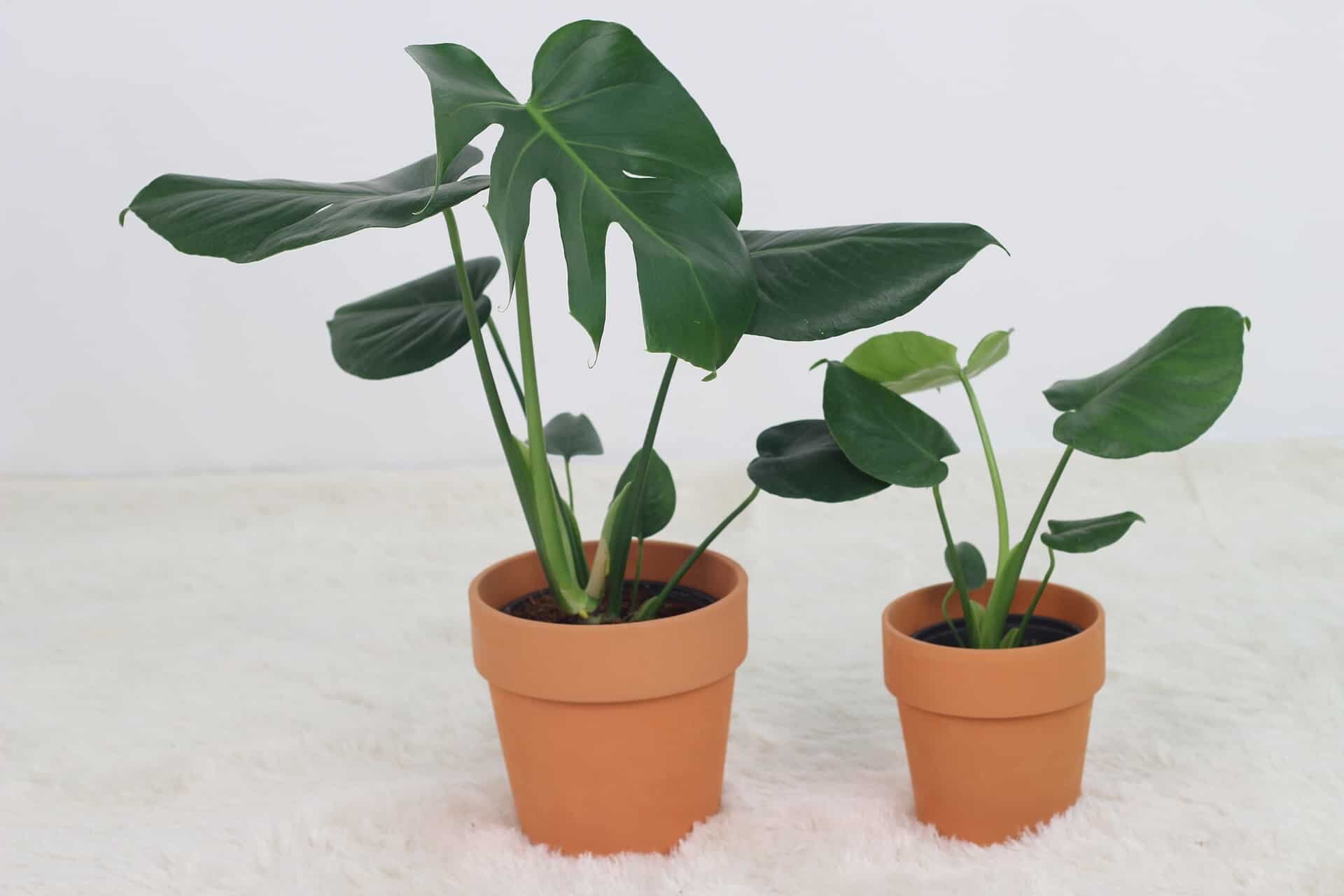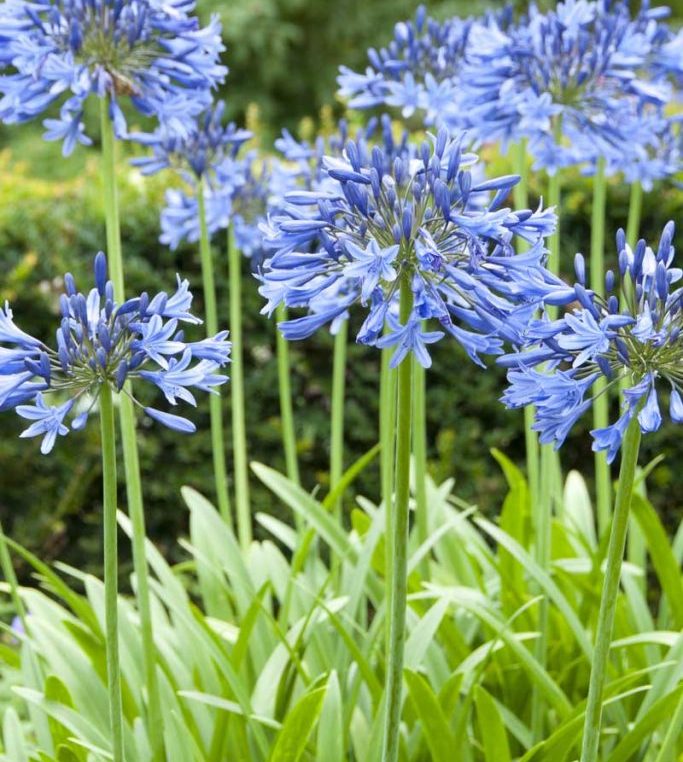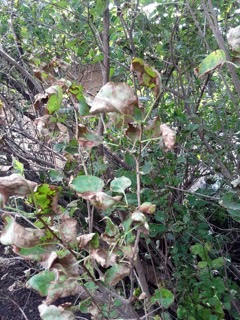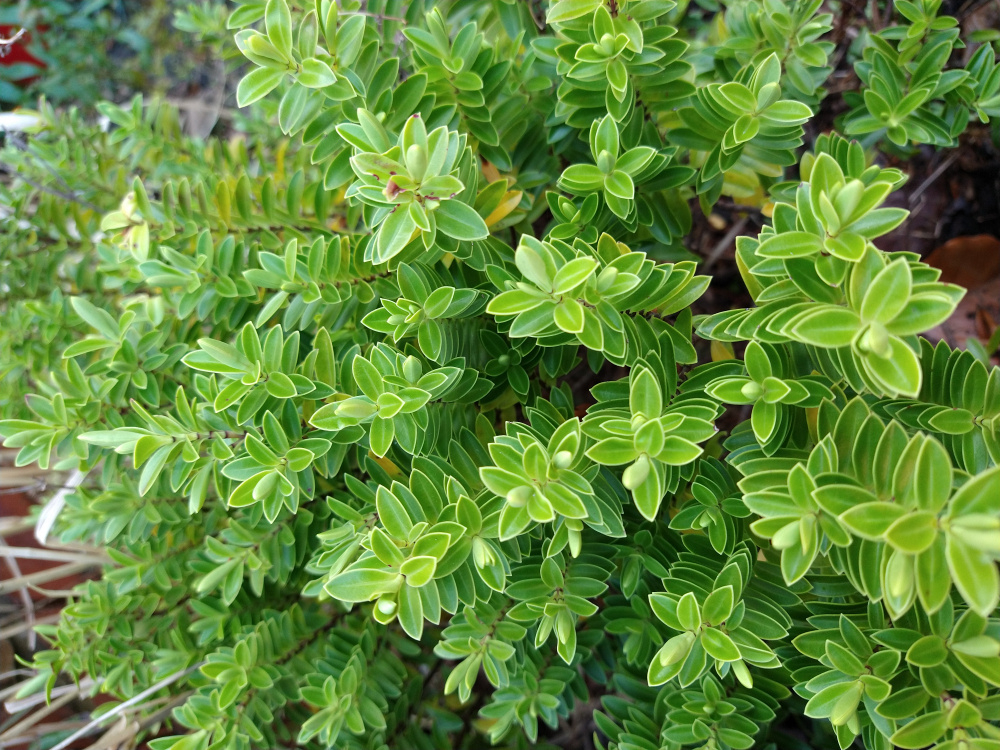How Much Space do Lavenders Need to Grow?
Lavenders should be spaced 2-3 feet away from other plants and one another. It’s crucial that lavenders have a minimum of 2-3 feet of space between them in order to avoid competition for resources like sunshine, water, and nutrients. The amount of sunlight will affect how strongly the smell is created, how much oil is …

